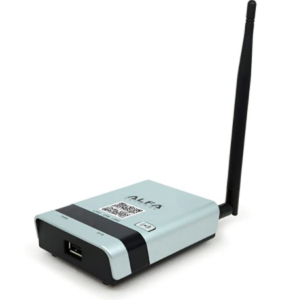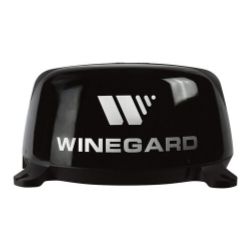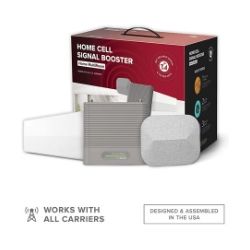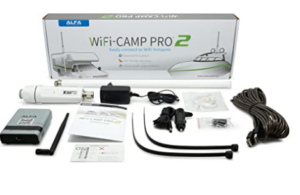It’s hard to find good Wi-Fi on the road. You can search RV park Wi-Fi ratings for hours but stay somewhere with terrible internet. Often, even upgraded campground Wi-Fi is unsatisfactory. Many RV owners get a Wi-Fi extender to strengthen weak campground Wi-Fi into something faster and more dependable.
You can also get a booster that strengthens your cellular connection so you can use it in areas with poor service. Cell phone boosters can provide up to 100 dB gain, but for RVs, the highest gain is around 65 dB. Boosters can be used with cell phones, mobile hotspots, and 5G home internet plans.
A Wi-Fi booster or cellular extender can help connect you to get the most out of the internet in your RV. We’ve reviewed dozens of options, and here are the best Wi-Fi range extenders and cellular (4G LTE) signal boosters.



